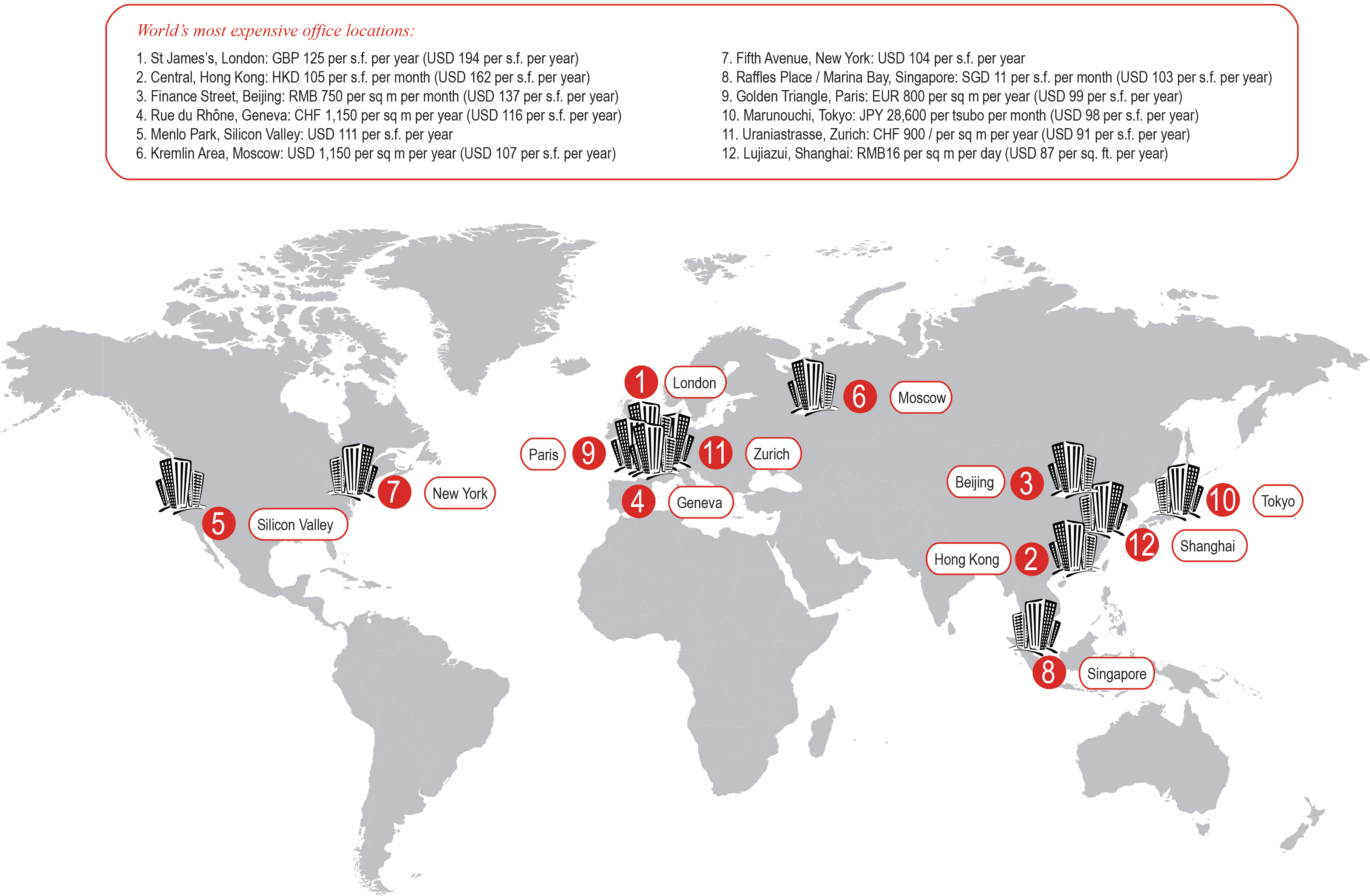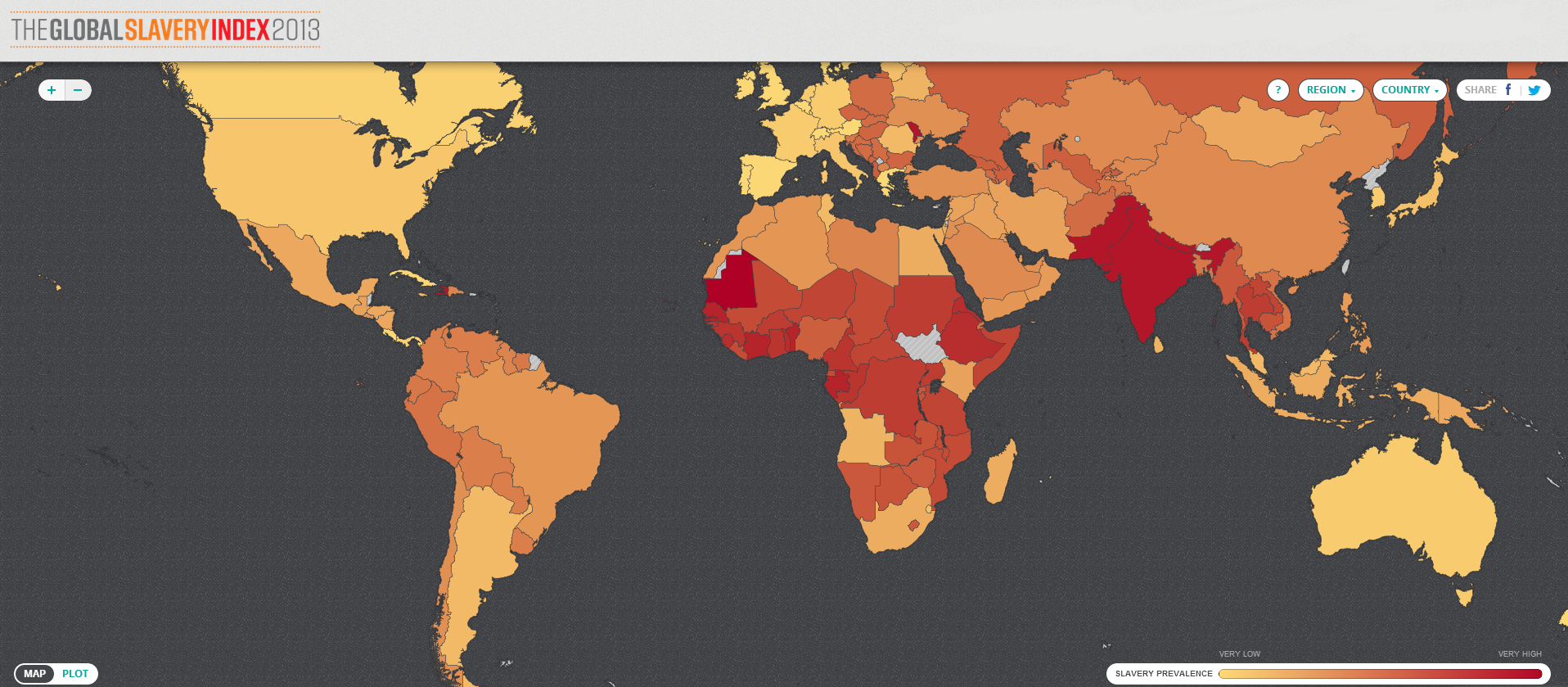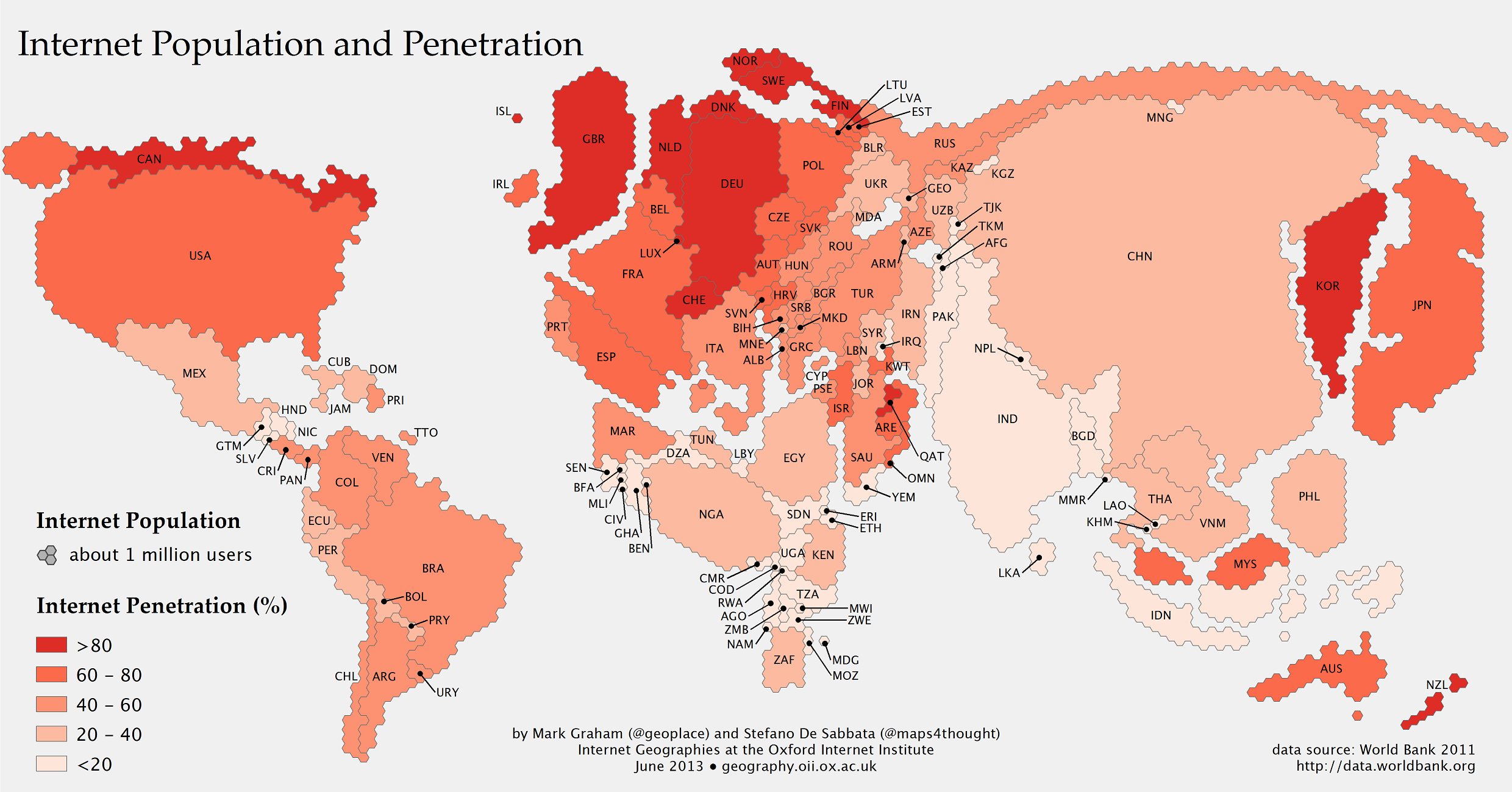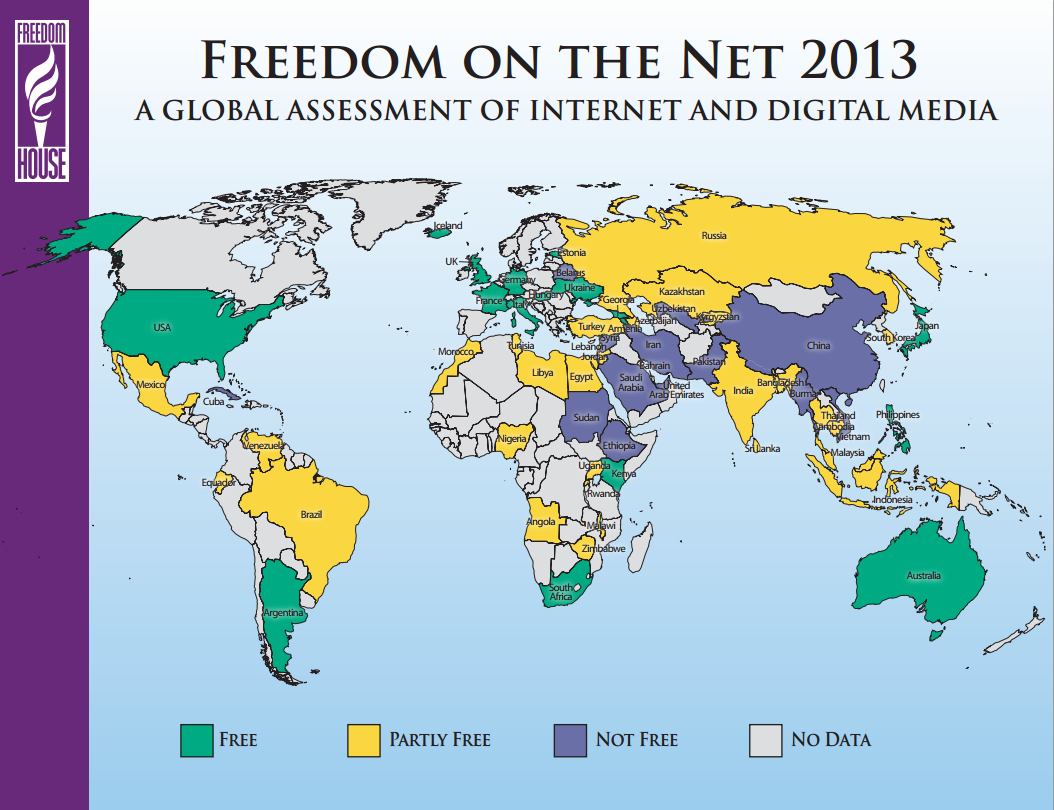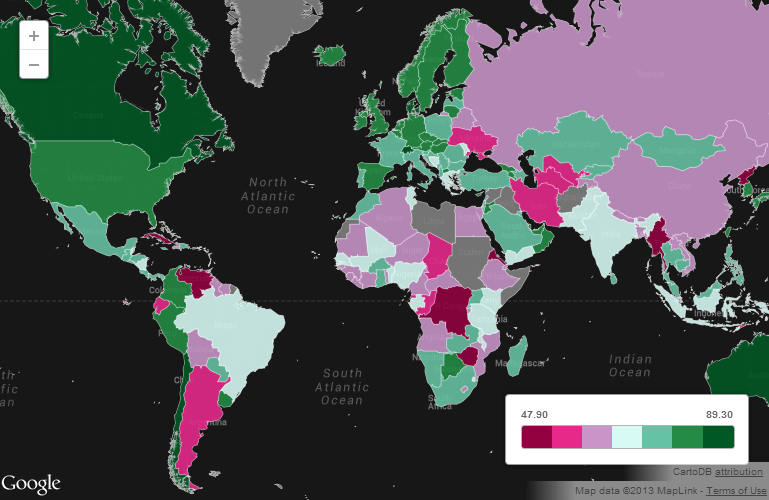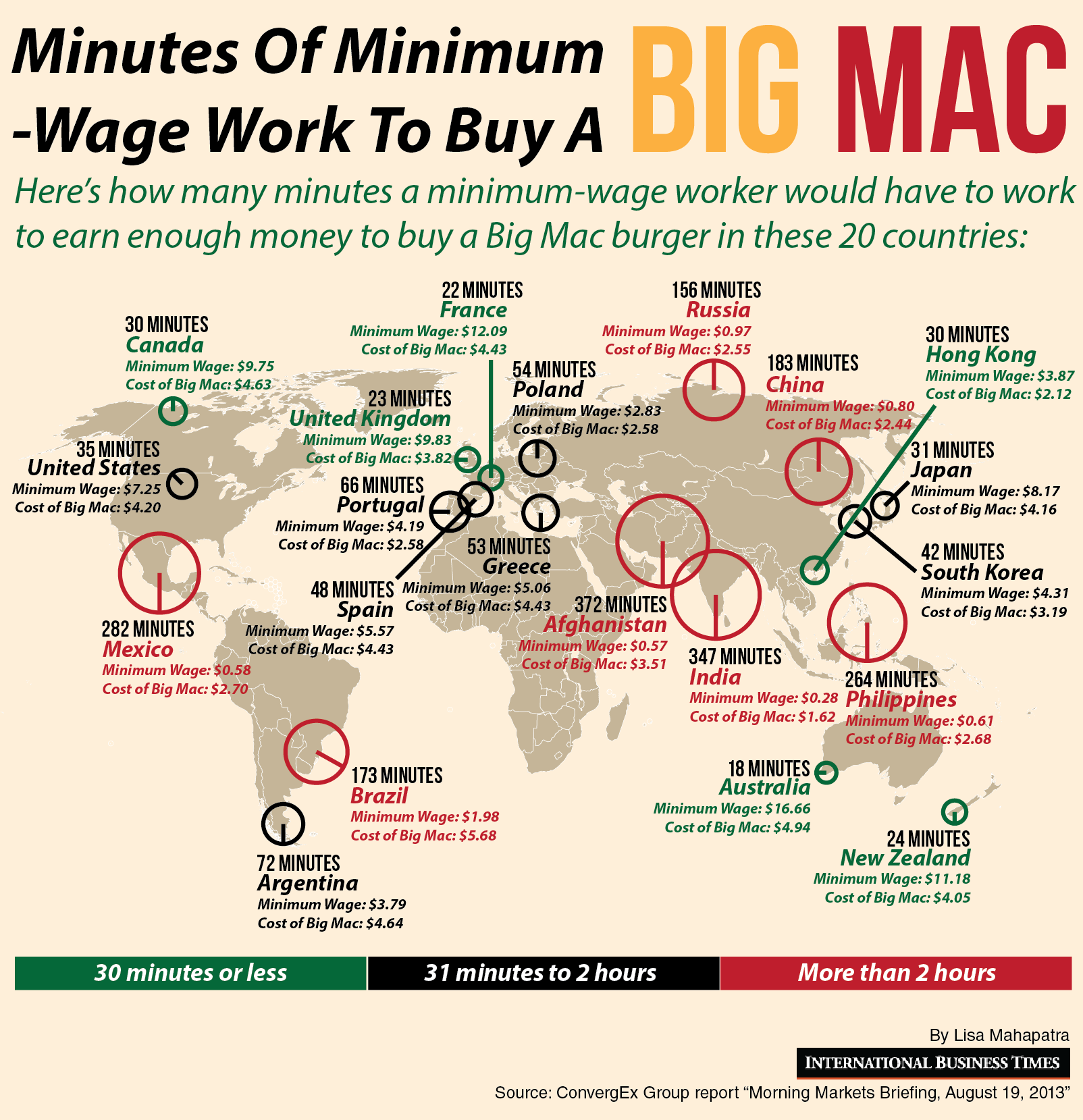According to the 2019 United Nations World Population Prospects report, approximately 27,765 people die every day in China. In other words, a person dies in China approximately every 3 seconds. You can see a live clock keeping track of how many people have died today at https://www.indexmundi.com/clocks/indicator/deaths/china. You can compare the number of deaths in China to the number of deaths in other countries at https://www.indexmundi.com/clocks/indicator/deaths.
If you are interested in the leading causes of death, check the China page at the Institute for Health Metrics and Evaluation.
